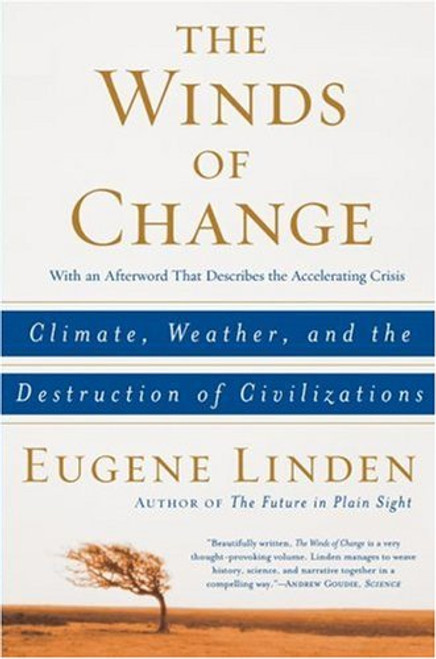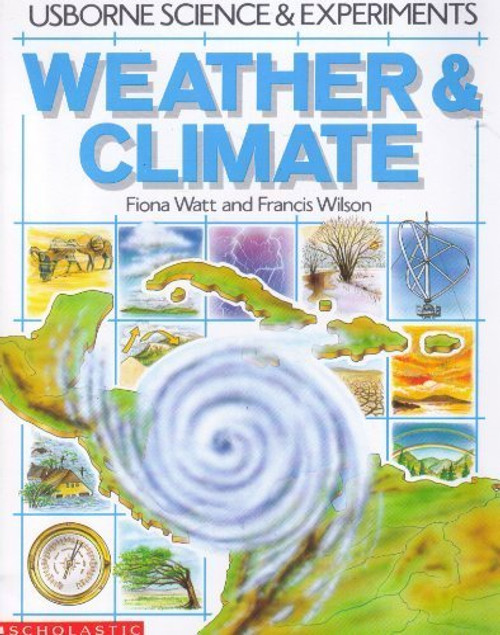Encyclopedia of Weather features:
Spectacular color photographs, detailed diagrams, beautiful graphics, and maps
Easy-to-understand text that is packed with enough detail for scientists yet accessible in classrooms from the junior high school level (and up)
The most up-to-date information based on the most recent scientific findings
Succinct explanations of climate change, the enhanced greenhouse effect, global warming, and ozone depletion
Fact files that put information at readers' fingertips
This beautiful, comprehensive, and up-to-date volume covers in amazing depth all aspects of the world's weather. Liberally illustrated with more than 2,000 color photographs, supplemental maps, diagrams, and other images, The Encyclopedia of Weather and Climate Change takes the reader beyond simple definitions to explore where weather comes from and the roles played by oceans and water cycles, and explains such related phenomena as the shaping of landforms, the creation of biological provinces, and the lasting ramifications of climate change. It also discusses how humans have survived and adapted in extreme climates like deserts, jungles, and icy regions. Each of the book's six sections is written and vetted by a different expert. Engine discusses what weather is, the solar powerhouse that supplies it, and Earth's atmospheric systems and seasons. Action delves into the dynamics of various weather forms. Extremes covers blizzards, heat waves, wildfires, and more. Watching tracks how weather is measured, mapped, monitored, and forecast. Climate delineates the continental climate zones and describes the plant, animal, and human adaptations for each. Change considers the history of climate changeice ages, dinosaur extinction, melting glaciers, human impact, and moreand what we can expect in the future.
Spectacular color photographs, detailed diagrams, beautiful graphics, and maps
Easy-to-understand text that is packed with enough detail for scientists yet accessible in classrooms from the junior high school level (and up)
The most up-to-date information based on the most recent scientific findings
Succinct explanations of climate change, the enhanced greenhouse effect, global warming, and ozone depletion
Fact files that put information at readers' fingertips
This beautiful, comprehensive, and up-to-date volume covers in amazing depth all aspects of the world's weather. Liberally illustrated with more than 2,000 color photographs, supplemental maps, diagrams, and other images, The Encyclopedia of Weather and Climate Change takes the reader beyond simple definitions to explore where weather comes from and the roles played by oceans and water cycles, and explains such related phenomena as the shaping of landforms, the creation of biological provinces, and the lasting ramifications of climate change. It also discusses how humans have survived and adapted in extreme climates like deserts, jungles, and icy regions. Each of the book's six sections is written and vetted by a different expert. Engine discusses what weather is, the solar powerhouse that supplies it, and Earth's atmospheric systems and seasons. Action delves into the dynamics of various weather forms. Extremes covers blizzards, heat waves, wildfires, and more. Watching tracks how weather is measured, mapped, monitored, and forecast. Climate delineates the continental climate zones and describes the plant, animal, and human adaptations for each. Change considers the history of climate changeice ages, dinosaur extinction, melting glaciers, human impact, and moreand what we can expect in the future.











